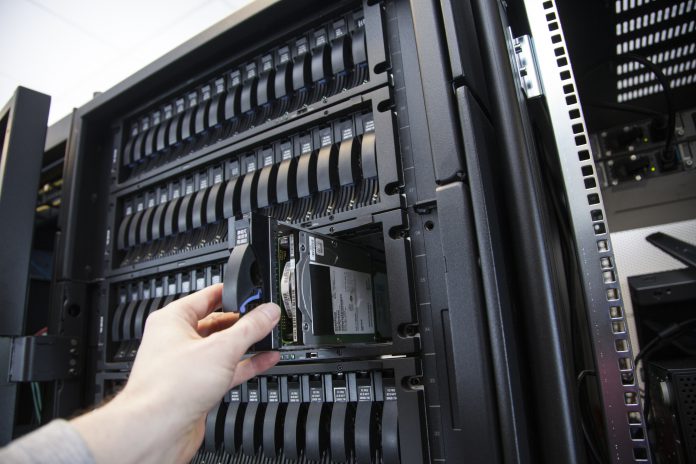Next-generation solutions boost performance while cutting costs.
Many IT teams purchase storage systems in much the same way people buy cars. If you’re a car buyer like me, you take your time, think about it and order the car you want. You really understand the car you currently have and the car you’re going to drive, including the technologies that have changed since you acquired your current vehicle.
Storage systems are pretty much the same. At most organizations, the IT department manages a lot of mechanical disks even while knowing that flash technology is available. Yet most managers want to take their time before adopting flash, ensuring that they make the right decisions that will bring their systems into the next generation of performance and availability.
By now, everybody understands the basic benefits of flash: enhanced speed, durability, reliability and energy savings. Managers are also well aware of the technology’s biggest drawback: its higher cost when compared to magnetic solutions of the same capacity (although this gap is rapidly narrowing).
Flash Storage in Action
What’s really important before making a storage purchasing decision is to understand exactly how moving to flash will make a significant positive impact in specific data centre operations.
Here’s a look at five use cases that pinpoint flash’s value in specific situations:
- Server virtualization: Data required by applications in virtualized environments must be easily and quickly retrieved from storage systems. Adding high-speed flash storage to virtualized servers allows the hypervisor to service virtual machines much more responsively than when burdened by traditional storage. With flash storage, virtual machine performance improves, and the number of virtual machines supported by a single virtualized server can be substantially increased.
- Large databases: For organizations coping with rapidly growing databases (or massive databases suddenly acquired as the result of a merger or acquisition), flash storage provides a performance-driven alternative to deploying faster servers or additional hard drives. It delivers the high rate of input-outputs per second and low latency that large database environments require.
- Big Data: Organizations such as retailers are increasingly turning to Big Data analytics to uncover seasonal trends and optimize inventories. Yet massive amounts of Big Data can lead to storage bottlenecks that, in turn, hinder critical analyses. Flash storage provides an effective solution to this growing problem. Metadata stored on high-speed flash can significantly expedite analytic processes. Metadata usually comprises only a trivial amount of the capacity of the large parallel file systems commonly used in high-performance computing, yet is heavily involved in file system operations. Deploying flash storage for metadata acceleration dramatically reduces the time required for file system maintenance operations and processing jobs that create many small files.
- Business process software: Using flash storage can improve the performance of software, such as enterprise resource planning solutions, at both the server and shared-storage level. The impact of flash storage is particularly prominent in use cases that involve a high number of transactions or applications that require numerous database interactions.
- Science and medicine: Scientific and medical research organizations must use large data sets to determine if a project has achieved its intended outcome. As in the case of Big Data analytics, storing research-related metadata on high-speed flash systems can significantly speed analytic processes.







